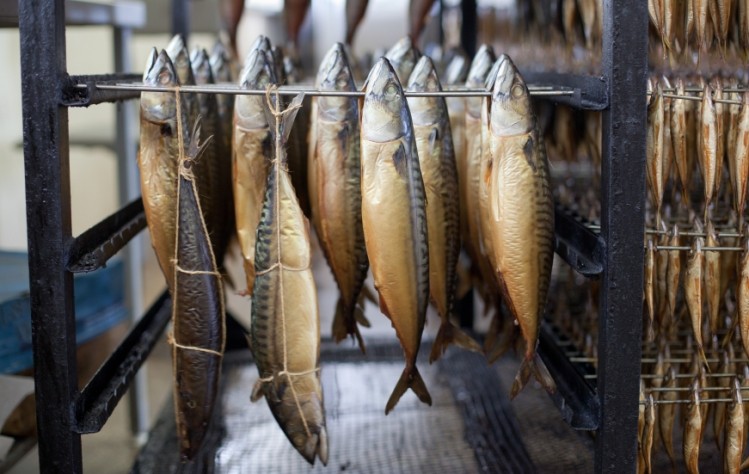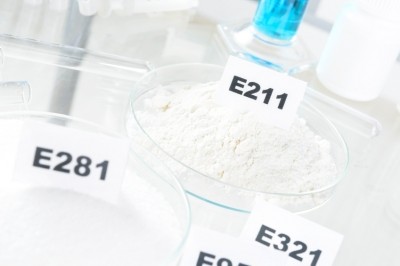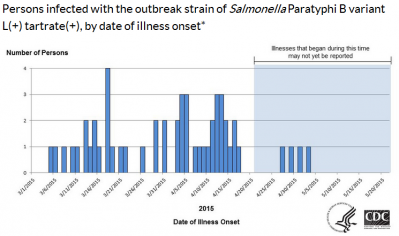Benefits and risk balance of eating fish must be by country - EFSA

The European Food Safety Authority’s (EFSA)’s scientific opinion said there must be a balance between exceeding the tolerable weekly intake (TWI) of methylmercury and benefiting from eating fish.
Besides limiting intake of fish/seafood species with a high content of mercury in the daily diet to avoid regular exposure above the TWI, it is not possible to make general recommendations on fish consumption across Europe, said the panel.
Benefits v risk
Fish consumption is known to have beneficial effects due to its nutrients, e.g. long chain n-3 polyunsaturated fatty acids that are good for the neurodevelopment of children.
However, fish contains methylmercury, the most toxic form of mercury which is known to have adverse effects on children’s neurodevelopment.
Fish meat and fish products, tuna, swordfish, cod, whiting, pike and hake were major contributors to methylmercury dietary exposure.
The European Commission asked EFSA to look at the risks and benefits to human health of fish/seafood consumption related to methylmercury.
The EFSA CONTAM panel considered several adverse outcomes of methylmercury and, based on prenatal neurodevelopmental toxicity, set a TWI of 1.3 μg/kg bw/week for methylmercury in 2012.
Estimated mean dietary exposures to methylmercury did not exceed the TWI, with the exception of toddlers and other children in some surveys.
The EFSA Scientific Committee used previous work by the panel on Contaminants in the Food Chain (CONTAM) and the panel on Dietetic Products, Nutrition and Allergies (NDA) to create scenarios based on typical fish consumption patterns of population groups at risk of exceeding the TWI for methylmercury.
Servings to reach the TWI
The committee then estimated how many servings of fish/seafood per week the population groups would need to reach the TWI for methylmercury and the dietary reference value (DRV) for n-3 (Long-Chain) Polyunsaturated Fatty Acid (LCPUFA).
When eating species with a high methylmercury content, only a few numbers of servings (<1–2) can be eaten before reaching the TWI, which may be hit before the DRV.
The age groups exceeding the TWI for methylmercury at the fewest number of servings per week were toddlers (1–<3 years) and other children (3–<10 years).
In a few cases of other children, adolescents, women of childbearing age, adults and elderly, the TWI was reached after less than and around one serving per week.
In most other cases for toddlers and other children the TWI was reached when the number of servings per week was between two and three.
In most cases the TWI for mercury was reached with between two and four servings per week
In a 2005 opinion the CONTAM Panel identified species, season, location, diet, life stage and age and, for some contaminants, regional differences as having a major impact on the nutrient and contaminant levels of fish.
The mercury content varied widely among different fish species, and was highest in predatory fish, according to an opinion in 2012.
Eating species with a high content of methylmercury influences the number of servings eaten before the TWI is reached, said the panel.
For toddlers, children and women of childbearing age, the benefits of eating fish should be met by increasing the consumption of species low in methylmercury, it added.
“The Scientific Committee recommends that each country needs to consider its own pattern of fish consumption, especially the species of fish consumed, and carefully assess the risk of exceeding the TWI of methylmercury while obtaining the health benefits resulting from consumption of fish/seafood,” concluded the opinion.
























